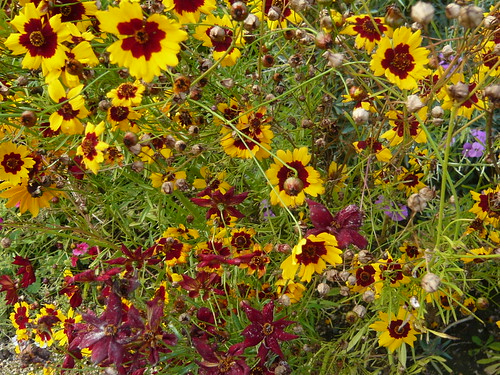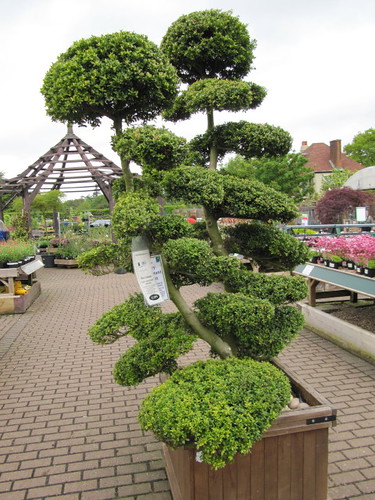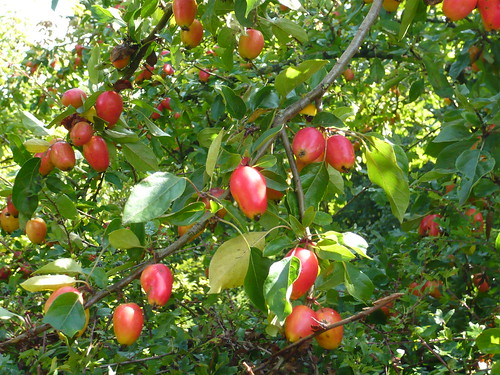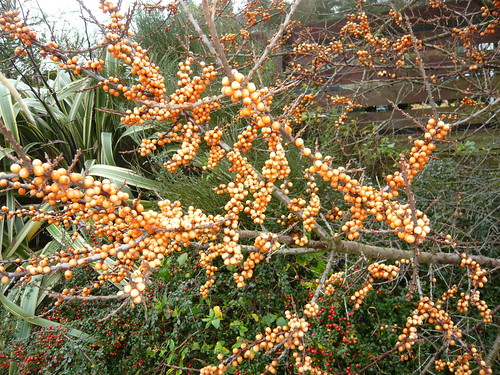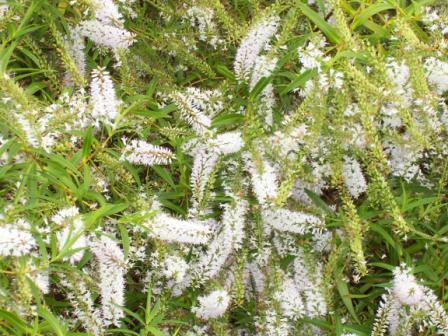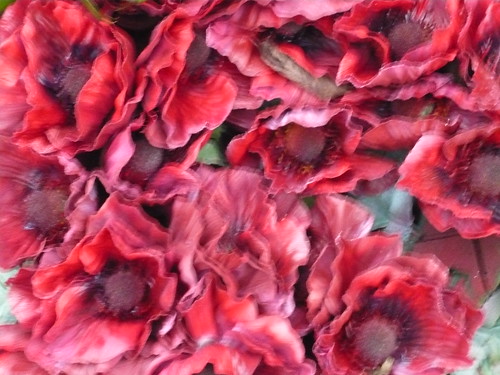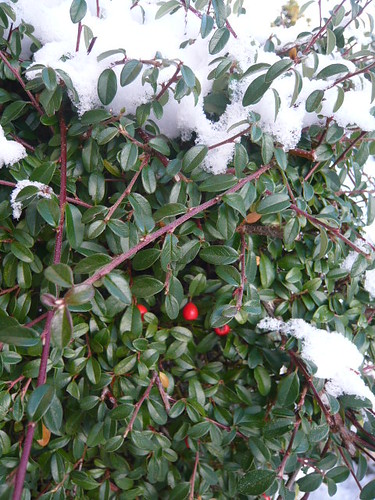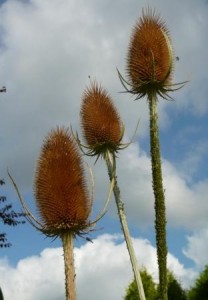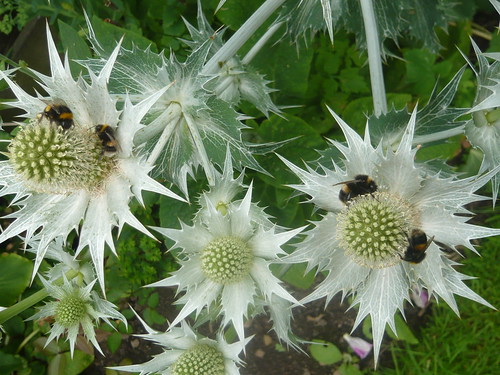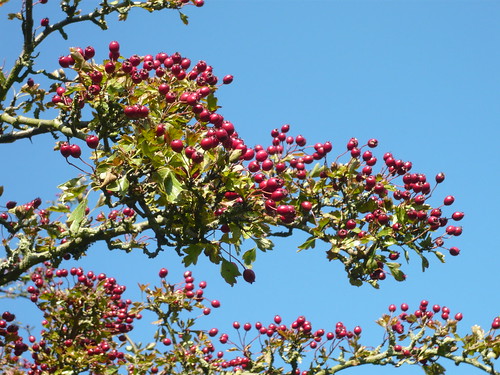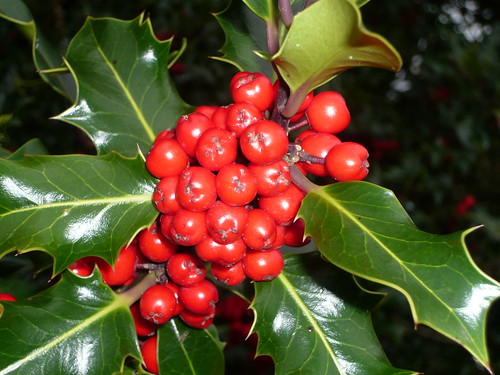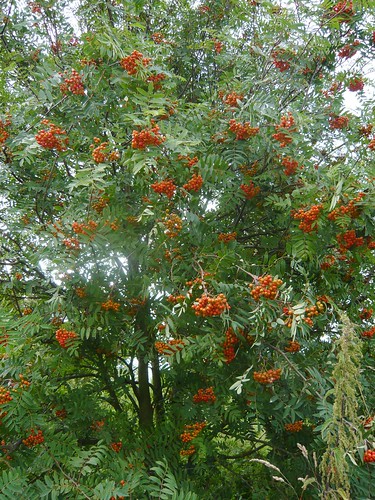Tips for Training and Growing a Topiary Cone
Topiary looks good on containers and plants are easy to control in this environment. You can also move the pots around the garden to show off your topiary skills.
Starting Your Topiary
- Select your plant and container. Box, Laurel or Yew are good subjects to start on.
- Plant your shrub with some slow release fertiliser making sure you fill in with compost around the root ball.
- Use lengths of bamboo cane pushed firmly into the compost and tie them together neatly at the top to make a wigwam shape.
- Tuck any stray shoots behind the canes and tie strong shoots to the cane framework with garden twine.
Snip off any remaining straggly shoots. - Your plant will fill out the framework as it grows. Simply snip off protruding shoots until the plant completely fills the frame.
Growing and Caring For Topiary
- Keep your plant well watered and do not allow it to dry out for lengthy periods.
- Once you desired shape has been achieved keep your cone in tip top condition with small shears. Little and often encourages smaller tighter growth.
- Top up the container with fresh compost in spring.
- Feed your topiary, all your prunings need to be replaced somehow.
- Turn your topiary by 90 degrees every few weeks so light and wind act evenly over the pot.
Other Topiary Shapes
- You can buy or make wire frames in a variety of shapes and sizes to train your plants
- Balls, spirals and clouds are now very popular topiary subjects
- Trains in hedges are also hobby shapes that seem popular near my home
- Arches and archways can be covered in topiary of Beech or Ivy
- Good luck if you tackle something like the couple of green people shown above.
See Top Topiary Gardens
Shrub Sculpture and Topiary Tips
Conifer pruning into topiary
Thanks to pct24 for the use of the picture under Attribution 2.0 Generic (CC BY 2.0)


